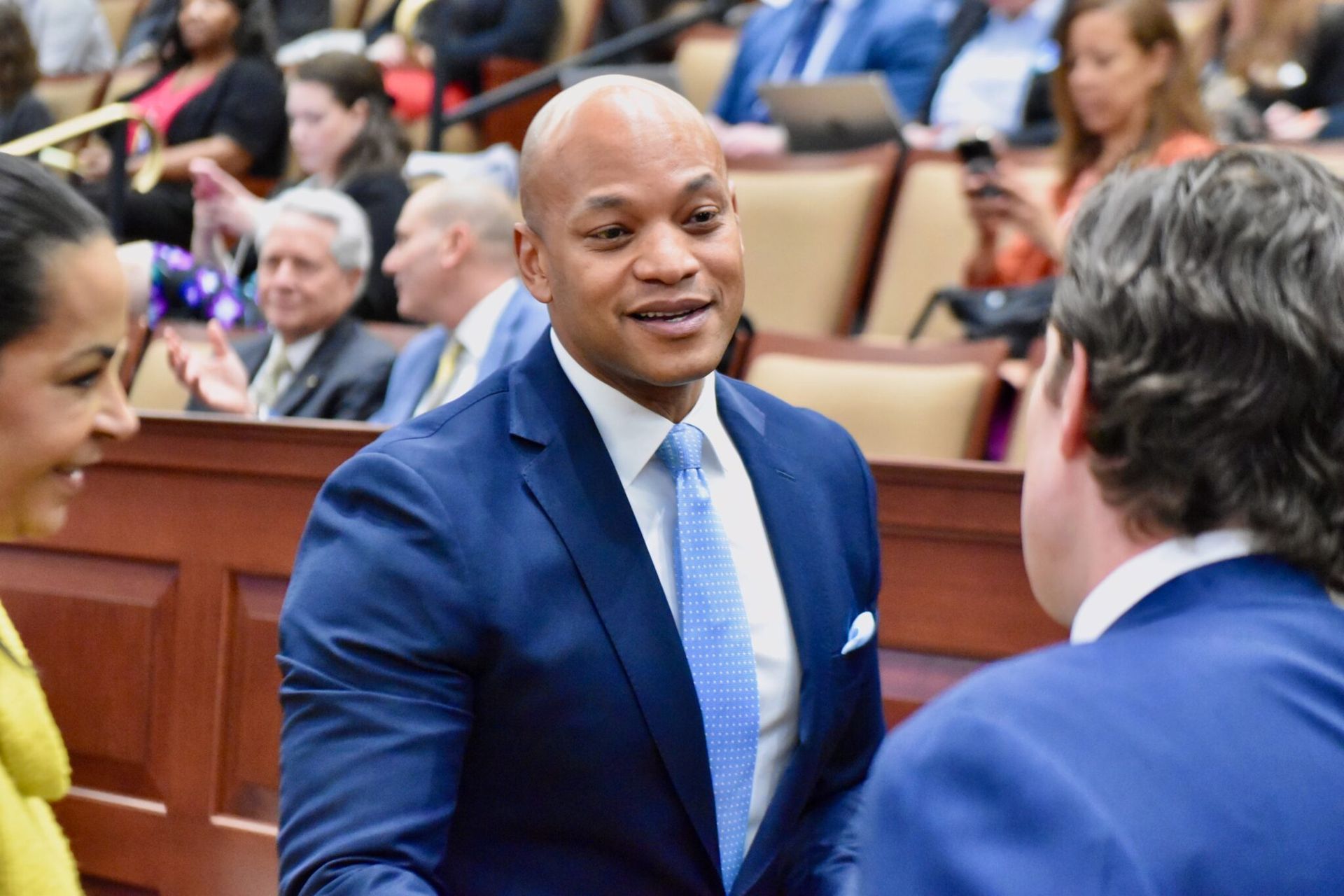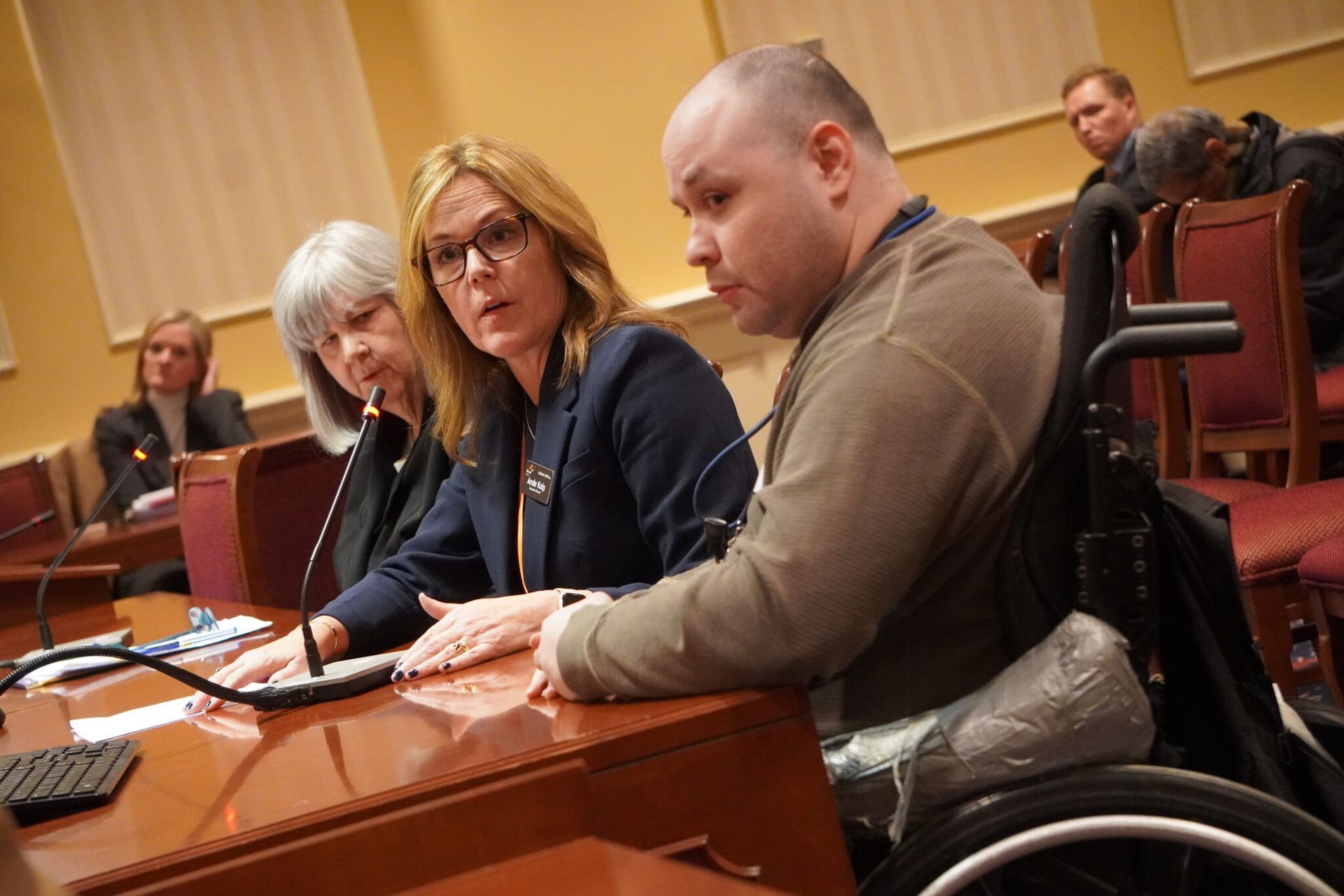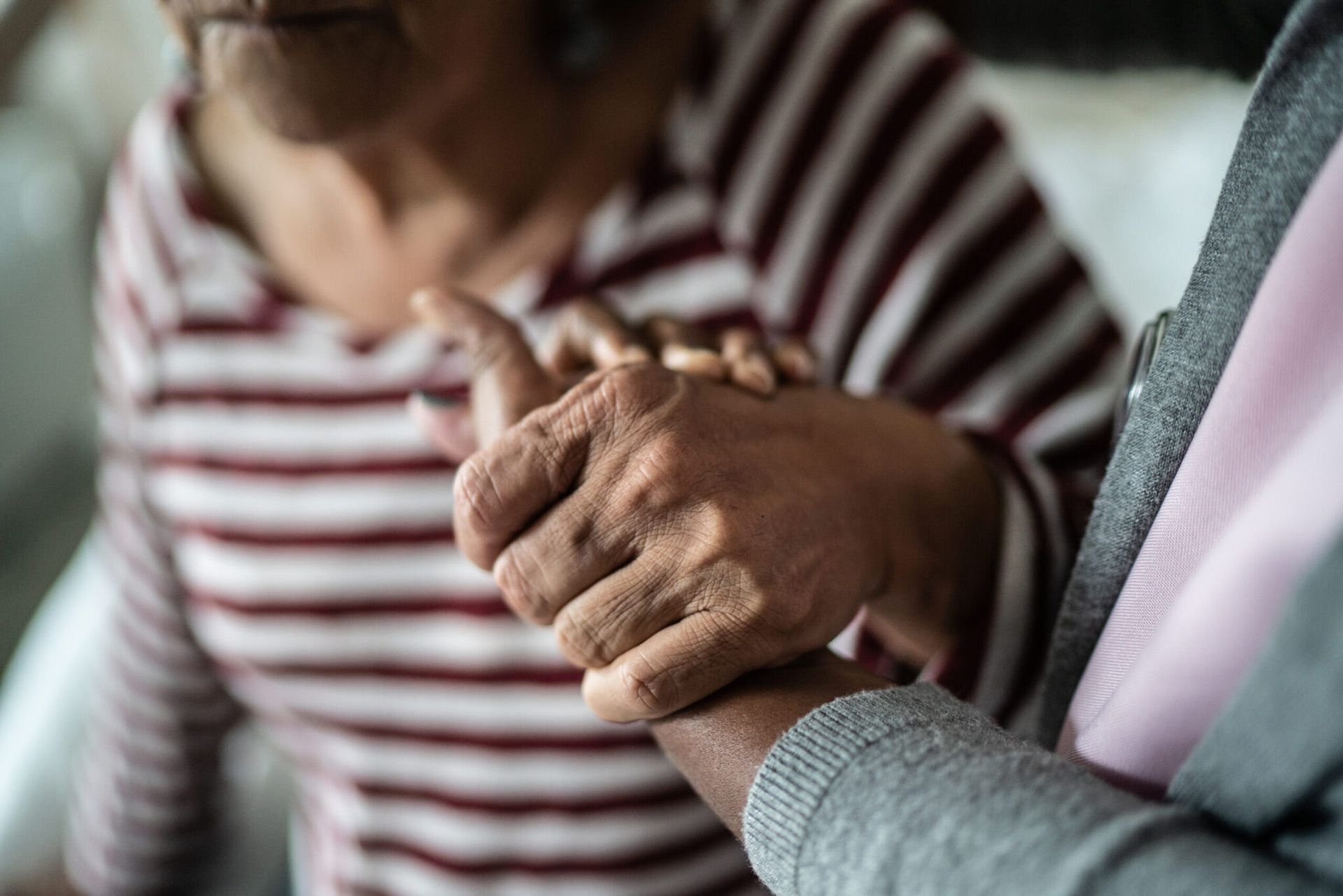Olympics Composer Steps Down Over Bullying Of Classmates With Disabilities
dpa/TNS • July 20, 2021

TOKYO — The Japanese composer who worked on the Tokyo Olympics opening ceremony resigned on Monday over having bullied classmates, including those with disabilities, during his childhood.
Keigo Oyamada, also known as Cornelius, said he was quitting the creative team in charge of Friday’s ceremony.
The 52-year-old took the decision after reports from the 1990s on the bullying surfaced online.

A documentary about the decades-long fight for disability rights culminating in the passage of the Americans with Disabilities Act is set to premiere. The film “Change, Not Charity: The Americans with Disabilities Act” follows the twists and turns of a grassroots movement that pushed Congress to mandate curb cuts, ramps and much more to allow people with disabilities access to American life. Relying on archival footage and interviews with activists, lawmakers and other key players, the one-hour film chronicles how the disability rights movement organized and took to the streets to lobby for the ADA in the face of strong opposition. Things came to a head with the “Capitol Crawl,” when people with disabilities including many wheelchair users dragged themselves up the steps of the U.S. Capitol, leading to the 1990 signing of the ADA. “I think the message of this film is that civil rights for people with disabilities are just as important as the rights that everyone either has or should have in our society,” said the film’s director, Jim LeBrecht, who has a disability and who is known for his work on “Crip Camp,” an Oscar-nominated documentary [01] about the origins of the disability rights movement. “There was a coming together of many people, disabled and non-disabled people. Legislators from both sides of the aisle came together in a bipartisan fashion,” he said, referring to the ADA. “I hope that our film will remind our viewers and those in power, that preserving the civil and human rights of people with disabilities benefits everyone.” Narrated by actor Peter Dinklage, “Change, Not Charity: The Americans with Disabilities Act” will air on PBS March 25 at 9 p.m. ET on “American Experience.” Citations: IMDB Webpage for Crip Camp: https://www.imdb.com/title/tt8923484 Original Article: [ARTICLE] PBS To Spotlight Story Behind The ADA: https://www.disabilityscoop.com
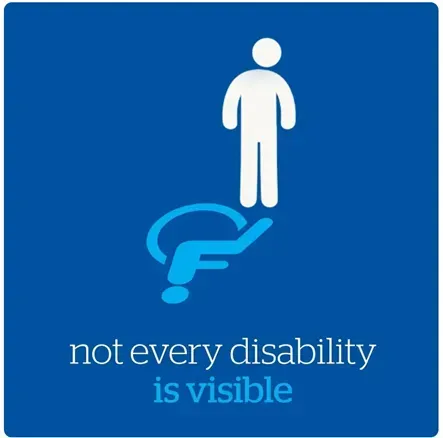
BALTIMORE -- A proposed bill in Maryland would allow residents to disclose "nonapparent disabilities" on their driver's licenses or identification cards. Eric's ID Law, or HB707, [01] would require the Motor Vehicle Administration (MVA) to add a certain symbol to licenses, ID cards or moped permits indicating that the applicant has a nonapparent disability. The idea was proposed by a Maryland family during an appearance on ABC's "The View," The Baltimore Banner reported. [02] The Carpenter-Grantham family had the idea after the 2020 murder of George Floyd [03] which sparked protests across the nation. "I realized that I have an African American son with an invisible disability," mother Linda Carpenter-Grantham said during the TV appearance. The bill was introduced in the state Senate during the 2024 legislative session but missed a deadline in the House. The proposed bill would require the MVA to establish public outreach programs to educate the public about the new symbols or notations. The MVA would work with disability advocates to design the symbols. The MVA would be prohibited from sharing information about an applicant's disabilities. The bill would also prevent the MVA from asking an applicant to provide proof of their disability or reject an application because the listed disability does not match other documents associated with the applicant. Under the bill, the Maryland Police Training and Standards Commission and Department of State Police would have to immediately implement training for police interactions with those who have nonapparent disabilities noted on their IDs. The bill will be the subject of a hearing on Feb. 13 at 1 p.m. What is a nonapparent disability? According to the proposed bill, a nonapparent disability is a health condition that is not immediately obvious or visible, this could include developmental or intellectual disabilities. According to a study by the National Institutes of Health (NIH), [04] common nonapparent disabilities are anxiety and depression, Alzheimer's, deafness, post-traumatic stress disorder (PTSD), attention-deficit hyperactivity disorder/attention deficit disorder (ADHD/ADD), and diabetes among others. People with developmental disabilities are about seven times more likely to encounter law enforcement than neurotypical individuals, according to a 2001 study by the Department of Justice. [05] Citations: [WEBSITE] Legislation: Eric's ID Law , or HB707: https://tinyurl.com/4r5s8ntp [ARTICLE] Maryland mom and her autistic son pitch a disability safety bill on ABC’s ‘The View’: https://tinyurl.com/4nzukspm [ARTICLE] George Floyd's death sparks large protests, confrontations with police: https://tinyurl.com/263hk9sk [STUDY] Living with invisible medical disabilities: experiences and challenges of Chilean university students disclosed in medical consultations: https://tinyurl.com/bdexd9js [ABSTRACT] Contact with Individuals with Autism: Effective Resolutions: https://tinyurl.com/56d6yd44 [ORIGINAL ARTICLE] Proposed bill would allow Marylanders to disclose nonapparent disabilities on their IDs: https://tinyurl.com/9k7z6nyh
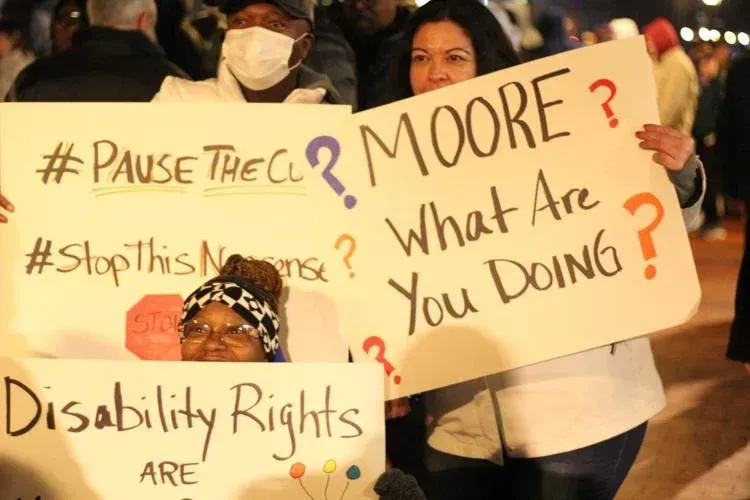
Advocates and service providers on the Eastern Shore are joining Maryland’s disability community to call for rollbacks on projected cuts to funding for developmental disability services. Scott Evans, executive director of the Benedictine School in Ridgely, said the near $200 million in cuts to Developmental Disabilities Administration funding outlined in Gov. Wes Moore’s proposed budget would be the worst he’s seen in his 25-year career. “Bottom line, these proposed cuts of close to $200 million in state funds would be catastrophic to the community service providers, as well as the people we support and our employees,” Evans said. “It would literally set us back years in funding.” The proposed cuts come as the state faces a near $3 billion deficit. Some advocates from the Eastern Shore note they could reduce the choices available for families and people with disabilities. Jonathon Rondeau, president and CEO of The Arc Central Chesapeake Region, says families and people with developmental disabilities on the Eastern Shore already have a limited number of options. “There are less agencies providing services for people with disabilities on the Shore,” Rondeau said. “So if there is instability in the system, it can potentially reduce choice for people with disabilities.” Evans echoed the same sentiment, and added that the cuts could hurt Benedictine’s ability to stay competitive when hiring employees. In recent years, the nonprofit school and service provider has raised wages in an attempt to attract quality employees. “All that has been an investment we’ve made because of the funding that we have received,” Evans said. “Now to wipe that funding out basically overnight means that we’re stuck in a holding pattern.” THE CUTS In Moore’s budget proposal, his office notes that in addition to the $1.3 billion set for the Developmental Disabilities Administration in fiscal year 2026, the state will “better leverage federal funding and align Maryland’s program more closely with federal guidance and practices across other states.” Evans says it’s not clear how DDA would implement the cuts, though his team at Benedictine team is working to crunch the numbers. Evans said it would cost the school hundreds of thousands of dollars of funding at the very least. Specific cuts that worry advocates include reductions in “dedicated hours” funding for those in community living programs, as well as a $14.5 million blow to self-directed services funding. “Someone who is in their late 60s and retired and chooses to stay home every day rather than going to a day program won’t necessarily have that choice anymore,” Rondeau said regarding the dedicated hours cuts. “There won’t be the funding available for that. It’ll be difficult for providers such as The Arc to support someone who may have significant health issues and need to go to the doctors.” Karenna Jones of Salisbury worries that cuts to self-directed services will impact the ability for her family to take care of her 26-year-old son, Kenneth, who has a traumatic brain injury and lives at home. Jones says as long as she lives, she “would never put (her) kid in a provider home.” But large cuts in funding may leave her with no choice. “We might be forced to do that,” Jones said. “It’s not fair.” RALLY IN ANNAPOLIS With the uncertainty swirling, hundreds packed Lawyers Mall in Annapolis Monday night, protesting for legislators to reject the proposed cuts. Leaders at the Benedictine School and The Arc Central Chesapeake Region attended, as did Jones. “I’m always amazed at how quickly the folks within the disability community can rally around a cause, and a cause that means so much to them,” Evans said. “And also, to some extent, the positive response we’ve gotten from legislators about these cuts.” Jones said the rally — organized with just three days notice by a developmental disability coalition — was inspiring and beautiful. “We were saying, ‘Save our DDA services. Save it. Don’t leave us behind,’” Jones said. Citations : [ORIGINAL ARTICLE] ‘Catastrophic:’ Eastern Shore advocates share impacts proposed disability cuts may bring: https://tinyurl.com/5ahffbu8
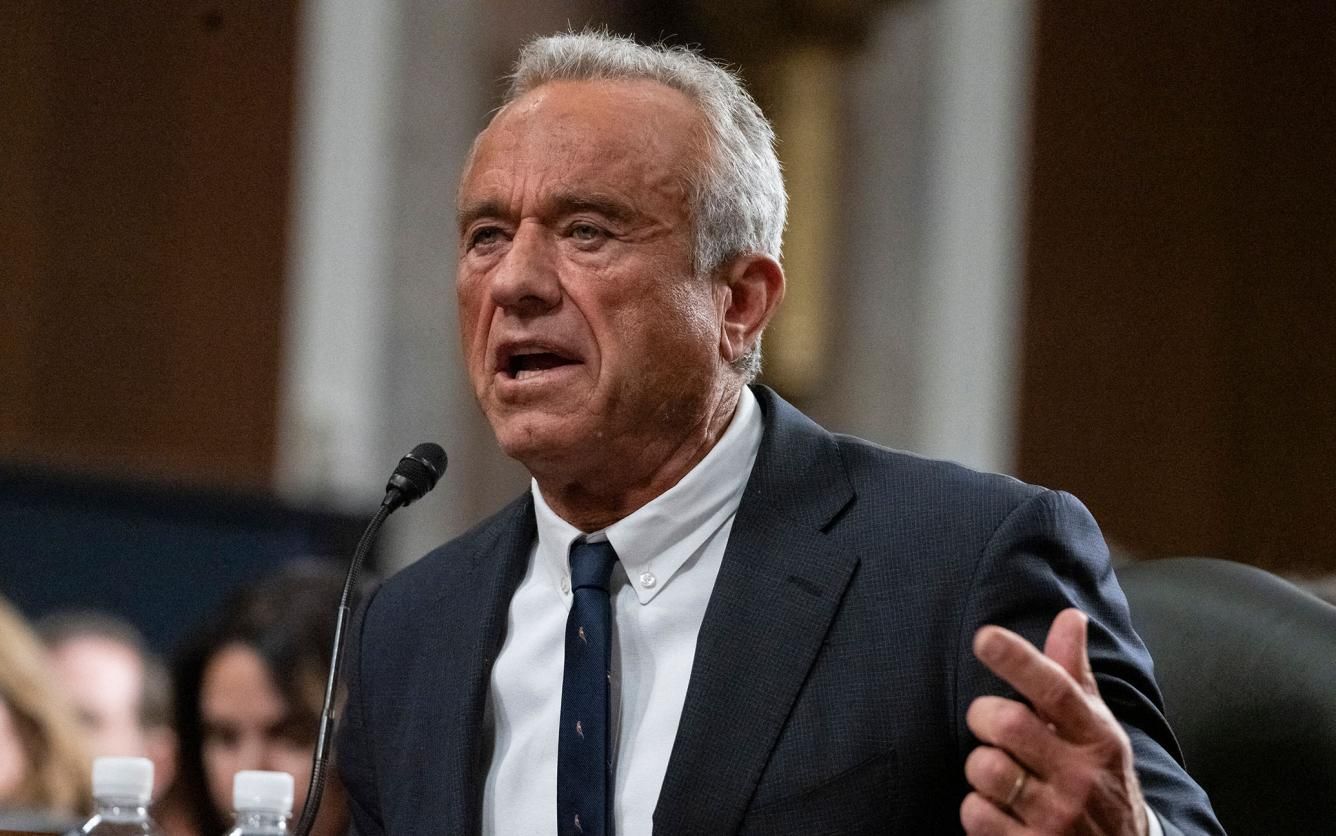
Despite concerns about his history promoting a debunked link between autism and vaccines, a key U.S. Senate panel advanced Robert F. Kennedy Jr.’s nomination to become the nation’s health secretary. The Senate Finance Committee voted 14 to 13 this week along party lines to send Kennedy’s nomination to the full Senate, which will have final say over whether he will take over the Department of Health and Human Services. The vote came after Sen. Bill Cassidy, R-La., said he would back Kennedy despite expressing reservations just days earlier over his anti-vaccine past. Kennedy has spent years blaming the increase in autism prevalence on childhood vaccinations. During confirmation hearings last week, Cassidy, a medical doctor, unsuccessfully pressured [01] Kennedy to concede that there is no link between autism and vaccines. But, Cassidy said he ultimately decided to back Kennedy after receiving “serious commitments” from the Trump administration. Specifically, Cassidy indicated that he’s been assured that the Centers for Disease Control and Prevention will not remove statements on its website highlighting that vaccines do not cause autism. Kennedy also committed to “work within current vaccine approval and safety monitoring systems and not establish parallel systems” and “maintain the Centers for Disease Control and Prevention’s Advisory Committee on Immunization Practices recommendations without changes,” Cassidy said. While Kennedy’s nomination is not guaranteed, Cassidy had been viewed as a significant question mark and his support will ease the path to full Senate confirmation. President Donald Trump has said [02] that he’s “open to anything” when it comes to investigating the increase in autism prevalence in recent decades and he’s suggested that Kennedy would have leeway to look into the causes of autism including the long-discredited connection between autism and vaccines. “20 years ago, Autism in children was 1 in 10,000. NOW IT’S 1 in 34. WOW! Something’s really wrong. We need BOBBY!!! Thank You! DJT,” Trump posted to social media just before the Senate committee met to vote this week. In fact, the latest CDC estimates suggest 1 in 36 children [03] have autism compared to 1 in 150 in 2000. Kennedy’s nomination is raising concerns for several national autism and disability organizations. A dozen groups including the Autism Society of America, the Autistic Self Advocacy Network, the National Association of Councils on Developmental Disabilities and The Arc of the United States put out a statement ahead of Kennedy’s confirmation hearings saying that vaccines do not cause autism. “Perpetuating myths linking vaccines to autism does a disservice to the autism community by distracting from their pressing healthcare needs,” the groups said. Instead, the organizations indicated that policymakers should focus on actual needs in the autism community such as access to health care, mental health services, education and more. “The Autism Society is still very disturbed that Mr. Kennedy has not clearly stated that vaccines are not linked to autism,” Christopher Banks, president and CEO of the Autism Society of America, said after Kennedy’s nomination advanced. “Any direction to reinvestigate debunked myths, will reverse progress, and deter funding that addresses healthcare inequities and services that the autism community needs now.” Citations: [ARTICLE] HH S Nominee RFK Jr. declines to reject vaccine autism link: https://tinyurl.com/mkfpb32s [ARTICLE] Trump signals his administration will investigate debunked link between vaccines and autism: https://tinyurl.com/334jkspd [ARTICLE] Autism now affects 1 in 36 kids CDC says: https://tinyurl.com/3m5hve86 [ORIGINAL ARTICLE] Autism Takes Center Stage As RFK Jr. Nomination For HHS Secretary Advances: https://tinyurl.com/jmephrju

New estimates show that 61.8 million people around the globe have autism and that the developmental disability is among the most common health issues facing youth. As of 2021, researchers found that 1 in 127 people worldwide were on the spectrum, according to findings published [01] recently in the journal The Lancet. Autism was twice as likely to affect males versus females and there was high prevalence among young people, with the condition ranking in the top 10 causes of non-fatal health burden for those under age 20, the study found. The findings are based on a review of studies and data that was conducted as part of the Global Burden of Diseases 2021 Study, which is considered the largest scientific effort to measure the prevalence and impact of various conditions. The autism rate identified in the new study “substantially changed estimates” from the last version of the report in 2019, but the researchers attributed the increase to updates in their methodology, in particular excluding studies that were likely to undercount prevalence. Researchers identified variances in prevalence by geography with autism affecting 1 in 163 people in tropical Latin America versus 1 in 65 people in the higher-income Asia Pacific region. “There are many factors contributing to this wide range, including varying exposures to risk factors, cultural variation, behavioral norms, or screening tools and diagnostic tools being used in those locations, and also how people are responding to these surveys, or whether they even choose to respond or participate in the survey in the first place,” said Dr. Damian Santomauro, an affiliate assistant professor at the Institute for Health Metrics and Evaluation at the University of Washington who led the study. “Work is currently ongoing to explore ways to quantify and correct for these differences so we can paint the most accurate picture of the prevalence of autism globally.” The latest estimates from the Centers for Disease Control and Prevention [02] indicate that 1 in 36 American children are on the autism spectrum. That figure is based on data collected on 8-year-olds in 2020. By contrast the rate was 1 in 150 in 2000. Experts attribute the rise in diagnosis to greater awareness of the developmental disorder. Those behind the new study say they hope their findings will prompt better policies and greater supports for individuals with autism around the world. “The prevalence and health burden of autism persisted across the lifespan,” Santomauro said. “These findings highlight the need for early detection and lifelong supportive services for autistic individuals.” Citations: [ARTICLE] The global epidemiology and health burden of the autism spectrum: findings from the Global Burden of Disease Study 2021: https://tinyurl.com/4xwk9ebm [ARTICLE] Autism now affects 1 in 36 kids, CDC says: https://tinyurl.com/3m5hve86 [ORIGINAL ARTICLE] Autism Affects More Than 60 Million Worldwide, Study Finds: https://tinyurl.com/24fz2bs3

The nation’s largest retailer is piloting a new program aimed at enabling people with disabilities to shop more independently. Walmart is providing free access to visual interpreters at its stores and on its website. The company is partnering with Aira, a third-party service, to connect customers with sighted interpreters who can relay detailed information in real time about their surroundings, help them navigate or read signage, labels and more. To use the service, individuals stream live video of their surroundings through the Aira mobile phone app. Visual interpreters are trained to offer objective feedback so that users can make independent choices, Walmart said. And, since the retailer is offering complementary access to the service, company officials said that customers will be able to take as long as they need to wade through their options. Gayatri Agnew, head of Walmart’s Accessibility Center of Excellence, said that offering access to Aira is just the company’s latest move to improve the shopping experience for people with disabilities. She cited the recent addition of sensory-friendly shopping hours, making Caroline’s Cart available at every store and expanding Walmart’s adaptive product lines. “The reality is, we have tons of shoppers with disabilities who we want to make sure are having as good, if not better, of a shopping experience with us as someone who doesn’t have a disability,” Gayatri said.



